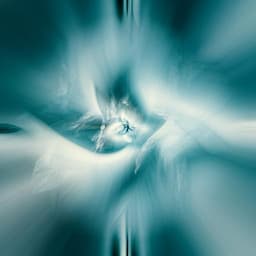
Earth Sciences
Frequent new particle formation over the high Arctic pack ice by enhanced iodine emissions
A. Baccarini, L. Karlsson, et al.
Discover how new particle formation events in the Arctic Ocean are influenced by iodic acid, leading to significant changes in ultrafine particle concentrations from summer to autumn. This insightful research, conducted by Andrea Baccarini and colleagues, explores the implications for cloud properties in this sensitive climate region.
~3 min • Beginner • English
Related Publications
Explore these studies to deepen your understanding of the subject.







